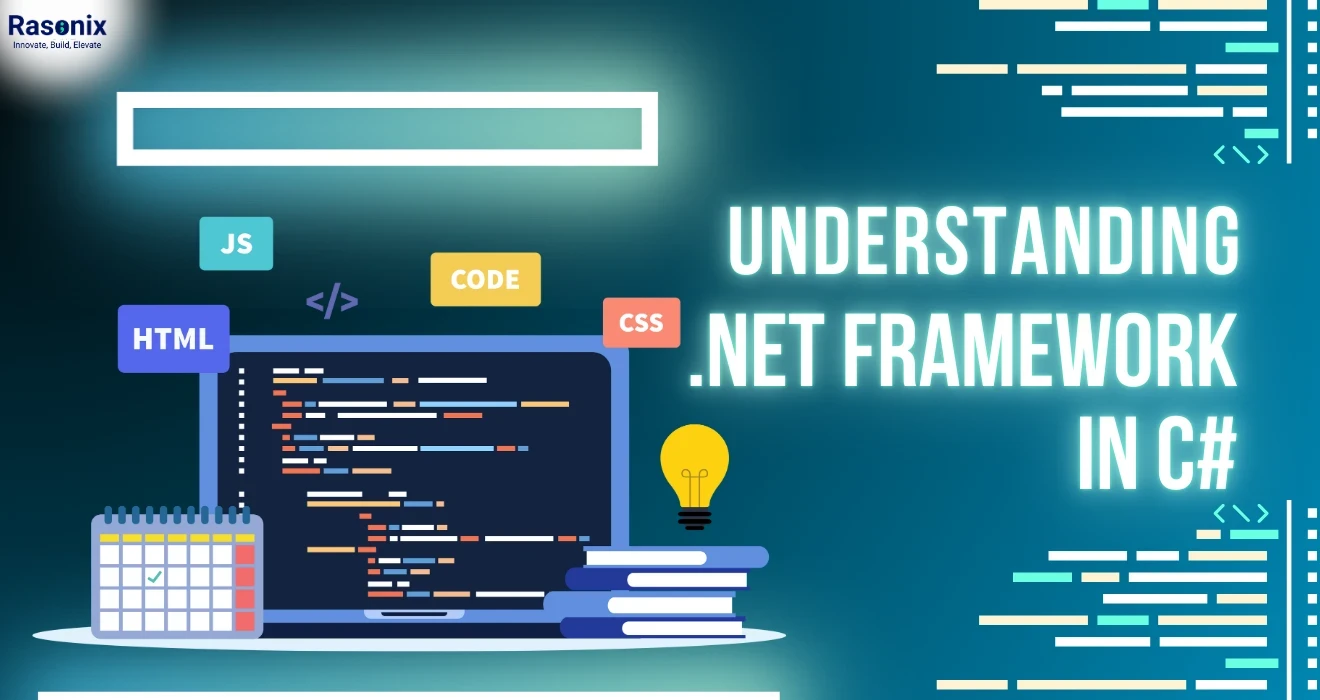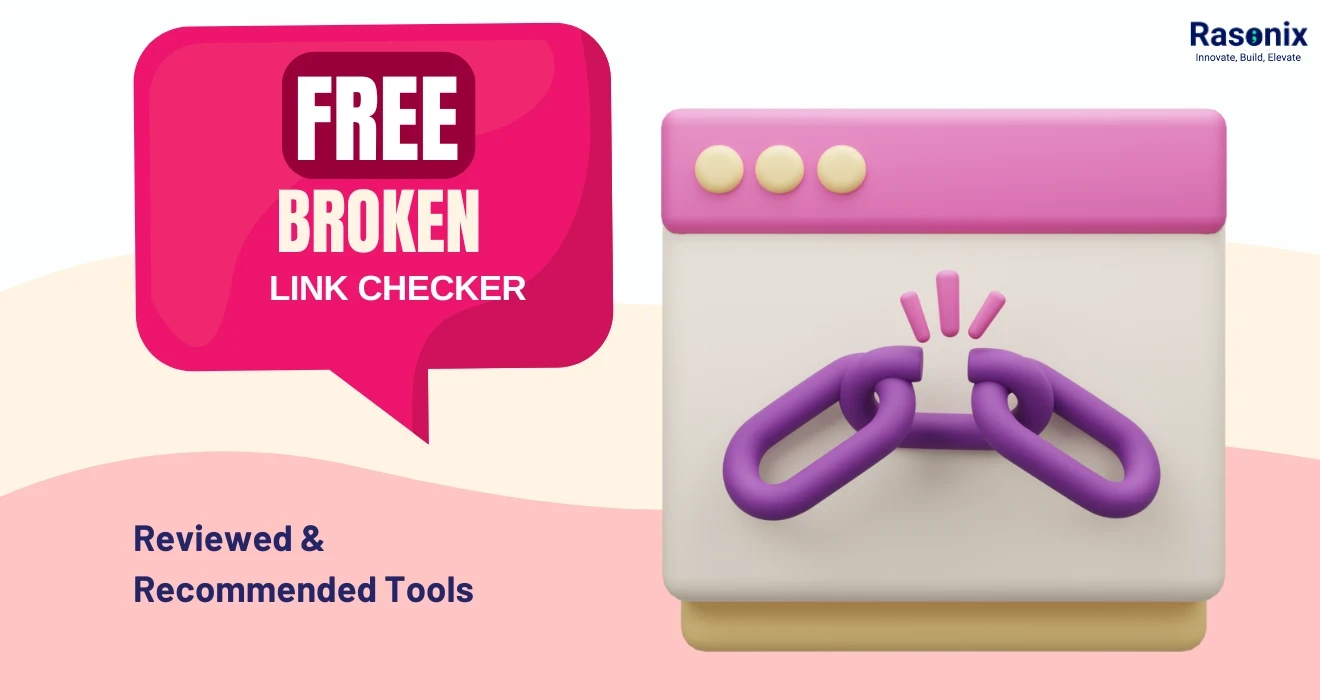.NET Framework is a strong software development platform that Microsoft developed to produce and run applications on various platforms. While writing programs for the .NET Framework in C#, one of the top contemporary programming languages, .NET Framework is vital to running and managing programs effectively. Learning and knowing the framework for how .NET Framework operates in C# and several considerations for development is a requirement for beginners and professional developers. With Microsoft's shift to .git (not.NET Framework),.NET core and .NET 5; many developers wonder how relevant these.NET Framework concepts now apply in today's world. Although many of these technologies continue to thrive, the.NET
Framework will remain relevant, particularly for traditional enterprise applications. In this guide, we discuss .NET Framework in C#, and further dissect its architecture features and components along with ubiquitous industry insight and knowledge.
What is .NET Framework in C?#
The.NET Framework is a development platform that offers a managed environment to develop Windows applications, web applications, and enterprise software using C# and other Microsoft-supported languages such as VB.NET and F#. It has two main components:
1. Common Language Runtime (CLR): The runtime engine that takes care of memory management, security, and exception handling.
2. Framework Class Library (FCL): A set of pre-existing libraries and APIs to build applications in an efficient manner.
The .NET Framework in C# allows the programmers to use managed code which is run by the CLR and thus provides stronger security and management of memory.
Understanding the CLR's Inner Workings
For those interested in understanding more in depth, let's touch on some of the CLR's details of its process. In addition to basic memory management, the CLR takes care of advanced services such as thread management, security support, and JIT compilation. As an example of thread management, the JIT compiler takes IL code and converts it to native machine code when the code executes in the application. The JIT compiler can use runtime features as needed to perform optimizations for the hardware that is running the application. This allows .NET applications to execute with efficiency across the range of Windows system configurations.
.NET Framework Architecture (With Diagram)
The structure of.NET Framework in C# is implemented with a layer approach:
|
+----------------------------+
| Applications (C#, VB.NET) |
+----------------------------+
| Base Class Library (FCL) |
+----------------------------+
| Common Language Runtime |
+----------------------------+
| Operating System (Windows)|
+----------------------------+
|
Main Components of.NET Framework
1. Common Language Runtime (CLR):
2. Manages running of.NET applications
3. Performs Just-In-Time (JIT) compilation
4. Manages garbage collection and memory management
Framework Class Library (FCL):
Offers reusable classes for file I/O, networking, and security
Comprises System, System.IO, System.Net, System.Threading, etc.
Common Type System (CTS):
Consider the CTS as a unified language for data types within .NET. Regardless of your .NET-supported language (C#, VB.NET, or F#), the CTS will ensure that you will have no compatibility issues with your data types.
Common Language Specification (CLS):
The CLS is somewhat like a rulebook that allows multiple languages to work together under the .NET umbrella. The CLS defines a set of rules the languages must follow in order to enable code to work seamlessly together, no matter which language a developer has written the code in.
Managed Code and Garbage Collection.
Net manages a developer's concern of memory management with managed code and garbage collection. Memory is allocated automatically, and unused objects are cleaned up automatically, alleviating the concerns of memory leaks or crashes.
The .NET Unification Process: .NET Framework, .NET Core, and .NET 5+
It is worth taking a moment to clarify the relationship between .NET Framework, .NET Core, and the latest versions of .NET (5, 6, 8, …). Microsoft has been working on unifying these platforms, as their .NET unification discussion is to combine them into a single, usable, cross-platform framework. .NET Core was built to replace .NET Framework in a modular and cross-platform way because of the limitations of .NET Framework. .NET 5 and newer versions are the outcome of that unification of .NET Core and .NET Framework together as one product. While .NET Framework is adequate for legacy, it is important to realize that .NET 5 is the way forward for new development because it offers better performance and is cross-platform.
Features of .NET Framework
The.NET Framework is packed with features that give a solid mobile development platform. Some of the features include:
1. Cross-Language Interoperability: Write code using C#, VB.NET, or F#, and then compile and run it in the same framework.
2. Security and Memory Management: Integrated security features like Code Access Security (CAS) and encryption.Self-garbage collection to reclaim memory that is no longer in use.
3. Strong Base Class Library (BCL): A big collection of pre-written functions for file system operations, cryptography, networking, and database connectivity.
4. ASP.NET Framework for Web Application Development: ASP.NET offers a rapid application framework for web development.
5. ASP.NET MVC and ASP.NET Web Forms offer flexibility in web applications.
6. Windows Application Support: Windows Forms and WPF enable developers to create rich graphical user interface applications.
Beyond Windows and web applications, developers often explore how .NET technologies integrate with iOS development using frameworks like Xamarin or .NET MAUI. This enables building cross-platform apps that run seamlessly on iOS, Android, and Windows with shared C# code.
Illustrative Code Snippets
To further illustrate the practical application of .NET Framework concepts, consider these simple C# examples:
// Example: File I/O using System.IO
string filePath = "example.txt";
File.WriteAllText(filePath, "Hello, .NET Framework!");
string content = File.ReadAllText(filePath);
Console.WriteLine(content);
// Example: Using System.Net for web requests
using System.Net.Http;
using System.Threading.Tasks;
async Task GetWebPage()
{
using (HttpClient client = new HttpClient())
{
HttpResponseMessage response = await client.GetAsync("https://www.example.com");
string responseBody = await response.Content.ReadAsStringAsync();
Console.WriteLine(responseBody.Substring(0, 200)); // Print first 200 characters
}
}
|
ASP.NET Framework & Architecture
The ASP.NET Framework is a built-in component of the.NET Framework, specially tailored for web development.
ASP.NET Architecture Diagram
|
+-------------------------------+
| Client (Browser, Mobile) |
+-------------------------------+
| ASP.NET Framework |
+-------------------------------+
| IIS (Web Server) |
+-------------------------------+
| .NET Framework (CLR, FCL) |
+-------------------------------+
|
Key Features of ASP.NET:
1. Web Forms & MVC for dynamic web applications
2. Razor pages for light-weight development
3. Support for RESTful APIs
4. Integration with SQL Server & Entity Framework
And if you are working with SQL-backed enterprise apps, mastering how to debug stored procedure in SQL can save countless hours during troubleshooting and performance optimization.
Real-Time Data & Industry Insights
Based on the 2025 Stack Overflow Developer Survey:
1. C# is in the top 5 most favoured programming languages.
2. ASP.NET is utilized by more than 30% of enterprise web applications.
3. Businesses shifting from .NET Framework to .NET Core achieve up to 40% performance gains.
Key Statistics:
| Metric |
Value |
| Active .NET Developers |
7M+ |
| Enterprise Adoption |
60% |
| Web Apps Running on ASP.NET |
30% |
Conclusion
The.NET Framework in C# remains a core development platform despite Microsoft's shift towards.NET 5+ and.NET Core. Regardless of whether you're building enterprise applications, web applications with ASP.NET, or legacy Windows apps, knowing the.NET Framework architecture, components, and features is essential.
For companies that want to modernize their applications or port to newer.NET versions, professional advice is necessary. Whether you require assistance with.NET development, web solutions, or software modernization, reach out to Rasonix today! Our skilled developers are here to elevate your project to the next level.
Enhance your business with innovative .NET solutions. Reach out to Rasonix for a complimentary consultation!
The .NET Framework in C# remains a solid and stable development framework despite Microsoft's attention shifting to .NET 5 and .NET Core. Whether you are building enterprise-level applications, a web-based solution with ASP.NET, or maintaining an existing legacy Windows application, you will need an in-depth understanding of the architecture, components, and features of the .NET Framework to develop efficiently and ensure longevity.
But as technology evolves, the business demands for application modernization, retooling Code Level to .NET 5, .NET 6, .NET 8, or cloud-based architectures. This is where Rasonix comes into play.
Why choose Rasonix for a .NET Application?
1. Custom .NET Development: Customized designed solutions for web, desktop, and cloud-based applications.
2. Application Modernization: Seamless systems migrations to .NET 5, .NET 6, .NET 8, or cloud-based architectures.
3. ASP.NET Web Development: High-performance, secure, seo-driven web applications.
4. Legacy App Support and Upgrades: Enhance, optimize, and future-proof of .NET Applications.
5. Enterprise Level Application Software Solutions: Highly scalable and high-performance applications designed to grow.
Are you seeking exceptionally skilled .NET developers to turn your dreams into reality? Rasonix specializes in providing dedicated .NET professionals who apply a vast domain of technological expertise and practical use of industry standards in all projects.
What Our .NET Developers Provide:
1. Full-cycle development including architecture through deployment
2. Experience with C#, ASP.NET, MVC, Blazor, Web API, etc.
3. Agile methodologies for fast development and scalability
4. Cost-efficient, quality, customized development options that fit your business needs.


















 Subscribe Now
Subscribe Now